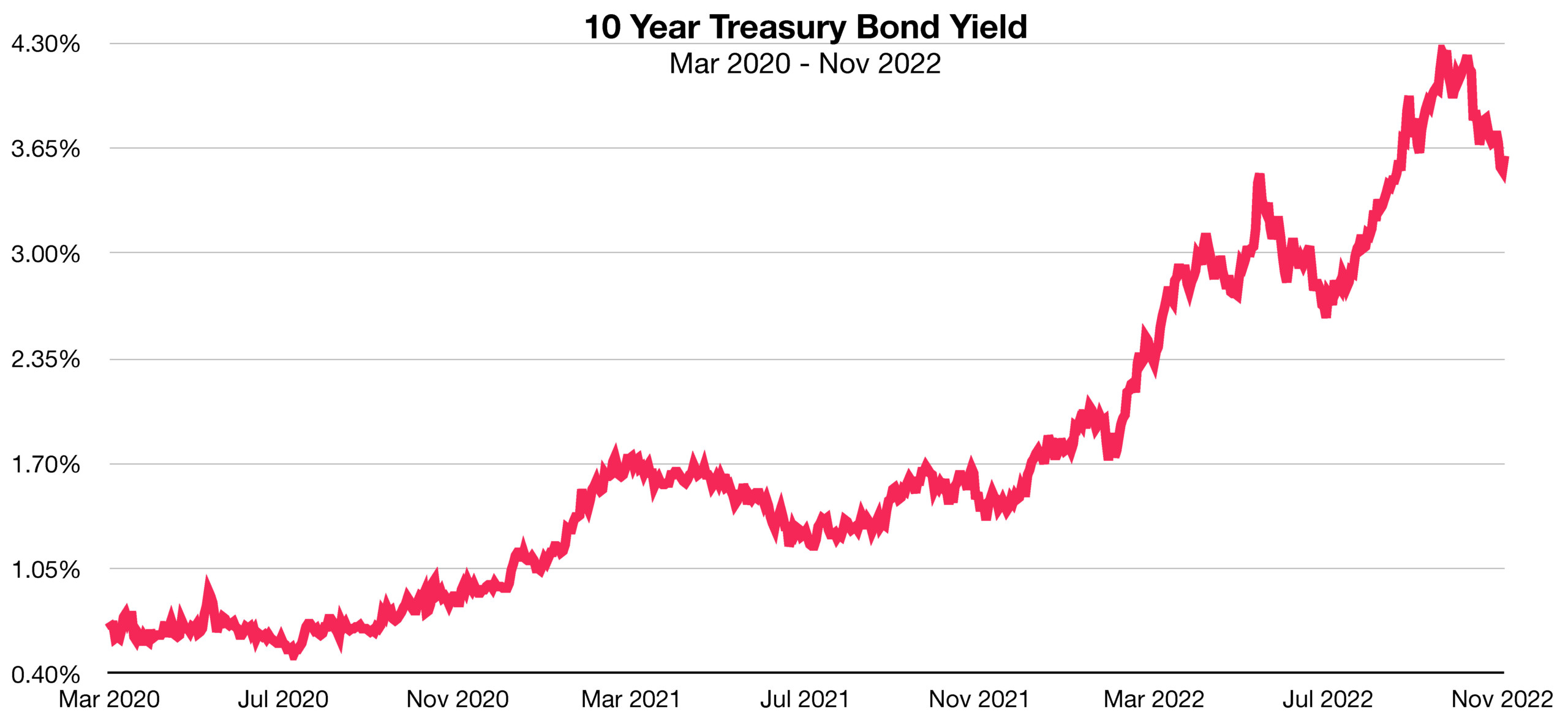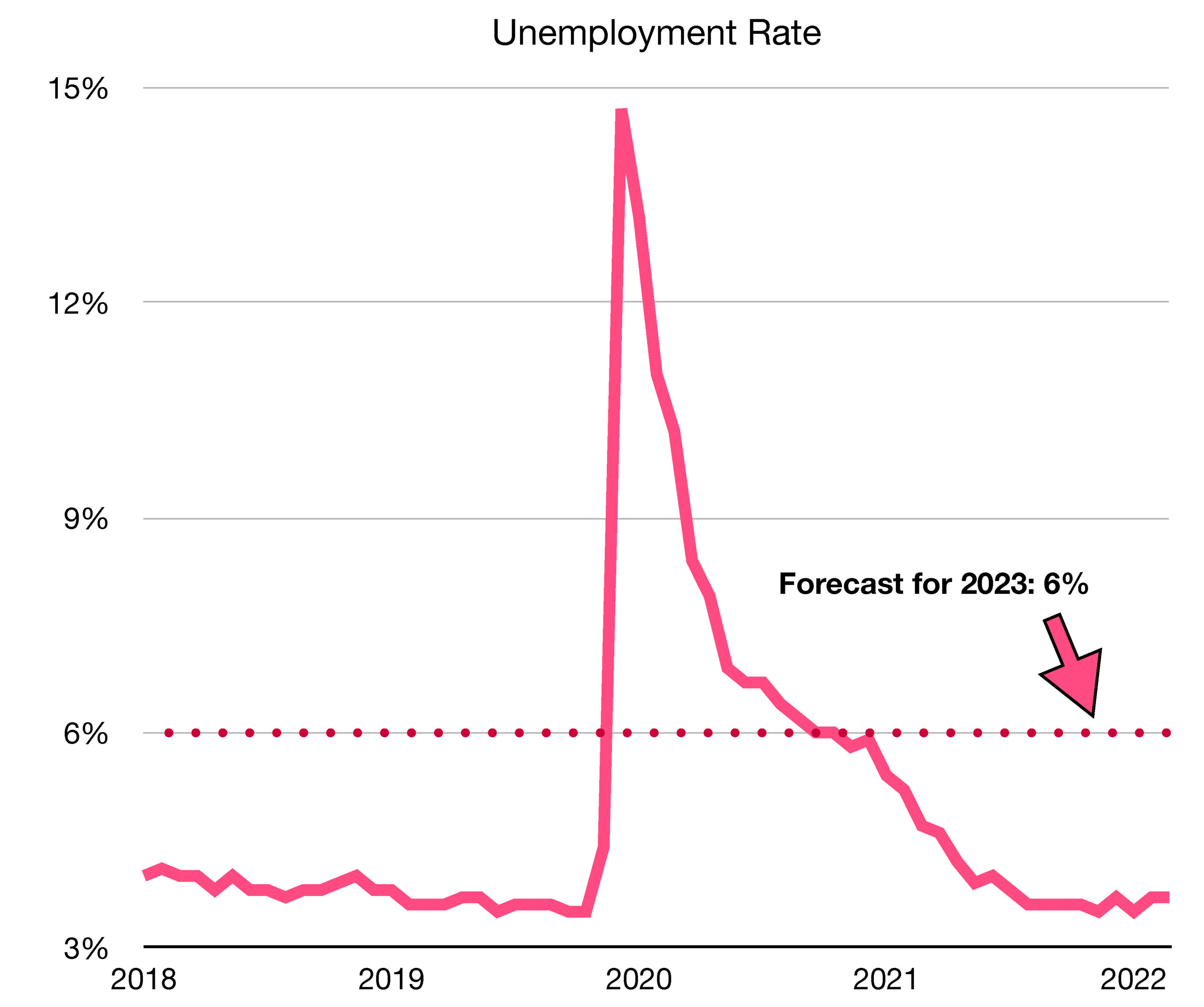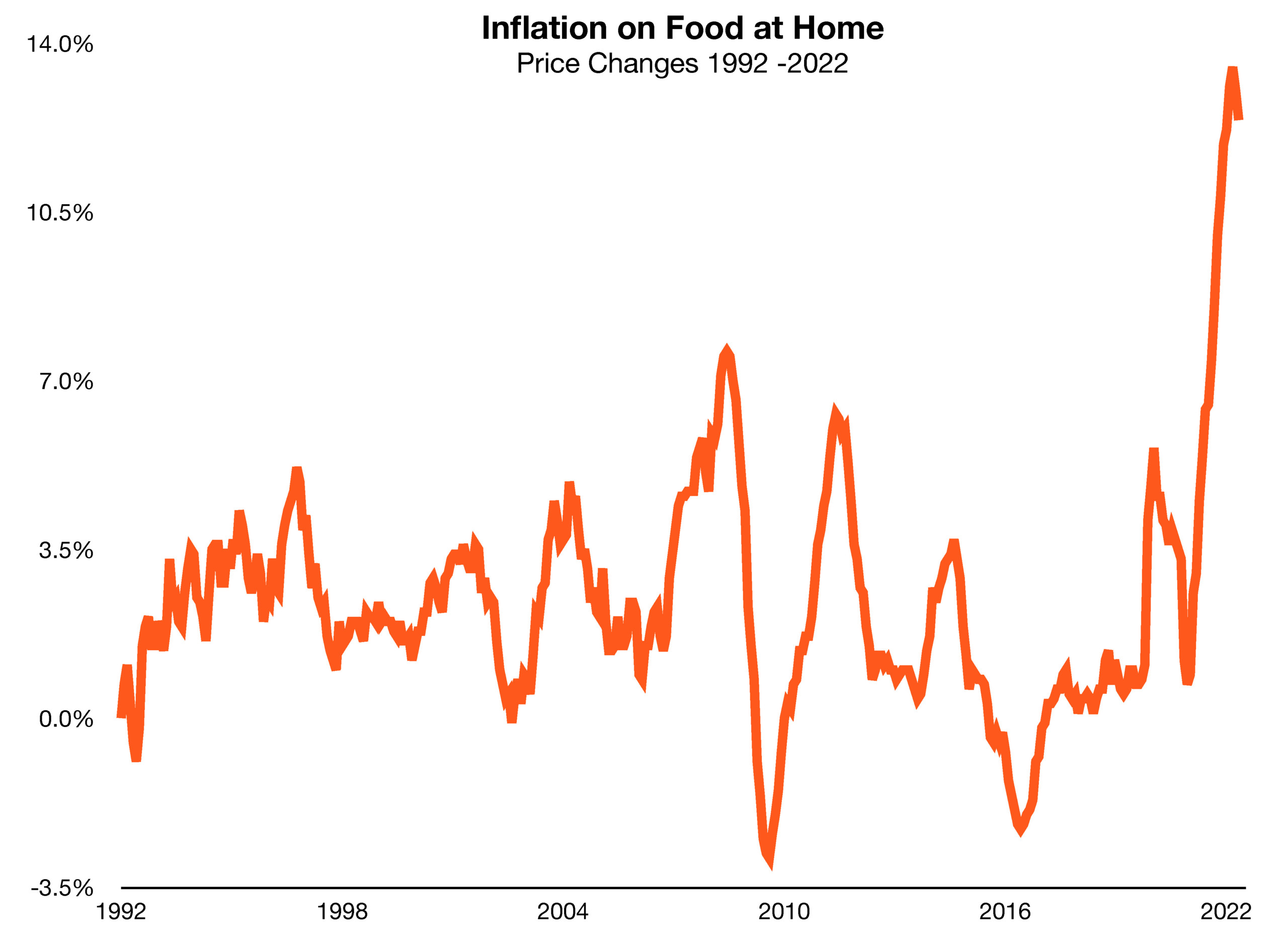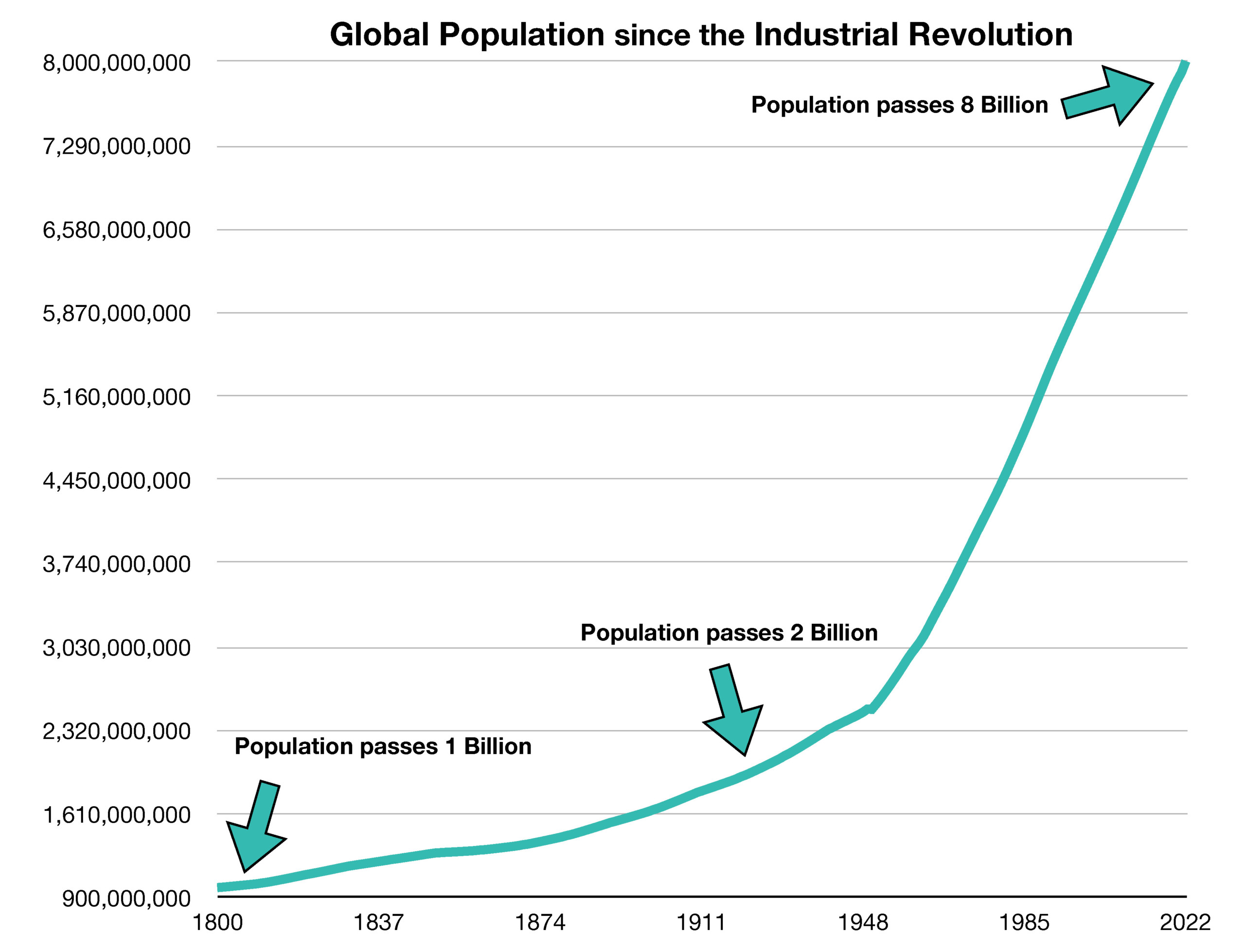
Stock Indices:
| Dow Jones | 40,669 |
| S&P 500 | 5,569 |
| Nasdaq | 17,446 |
Bond Sector Yields:
| 2 Yr Treasury | 3.60% |
| 10 Yr Treasury | 4.17% |
| 10 Yr Municipal | 3.36% |
| High Yield | 7.69% |
YTD Market Returns:
| Dow Jones | -4.41% |
| S&P 500 | -5.31% |
| Nasdaq | -9.65% |
| MSCI-EAFE | 12.00% |
| MSCI-Europe | 15.70% |
| MSCI-Pacific | 5.80% |
| MSCI-Emg Mkt | 4.40% |
| US Agg Bond | 3.18% |
| US Corp Bond | 2.27% |
| US Gov’t Bond | 3.13% |
Commodity Prices:
| Gold | 3,298 |
| Silver | 32.78 |
| Oil (WTI) | 58.22 |
Currencies:
| Dollar / Euro | 1.13 |
| Dollar / Pound | 1.34 |
| Yen / Dollar | 142.35 |
| Canadian /Dollar | 0.72 |
Macro Overview
Markets reacted to indications that the Federal Reserve might slow its pace of rate increases heading into the new year. Financial markets would positively view such a change in monetary policy, with the anticipation of eventual lower rates.
The supply chain constraints that existed one year ago have largely subsided. Production, shipping, labor, and material shortage issues were critical concerns during the height of the constraints. The alleviation of supply constraints has led to deep product discounts as retailers mark down prices on numerous items heading into the holiday season. Lower prices tend to decrease retail profit margins, but allow stores to reduce inventory levels and attract consumer traffic.
The Federal Reserve’s most recent survey of economic activity nationwide, known as the Beige Book, revealed weakening economic growth, tighter bank lending standards, and easing inflation. Slowing wage growth is apparent as some companies announce layoffs and trim job positions. Some analysts view these dynamics as deflationary and indicative of a potential economic slowdown.
A closely followed inflation indicator by the Fed, the Personal Consumer Expenditure (PCE) Price Index, fell consistently since June. Data released by the BEA revealed a drop from a 7 level in June to 6 in October, signaling a drop in overall prices and inflation.
Recession fears hindered markets from a further rebound, with growing concerns regarding the labor market. John Williams, Federal Reserve President from the New York district, said that unemployment could reach 5% in 2023, up from 3.7% this past month. Regardless, the Fed’s primary current objective of stamping out inflation remains, meaning any further rate increases could slow hiring and raise unemployment.
Yields on U.S. Treasury bonds, a vital benchmark for mortgage and consumer loan rates, fell modestly in November. The 10-year Treasury bond yield fell to 3.68% in November, down from 4.10% at the end of October. Lower yields offer a reprieve for borrowing consumers and businesses nationwide.
Sources: U.S. Department of the Treasury, U.S. Federal Reserve Bank of New York, U.S. Bureau of Economic Analysis, U.S. Federal Reserve Bank of St. Louis



 The prices of these common groceries have major effects on consumer decision-making. Due to inflation, consumers are increasingly only buying necessities and may further limit their purchases. Consumer spending makes up nearly 70% of GDP, so when consumer spending falls due to high prices, GDP can also be expected to fall. (Sources: U.S. Bureau of Labor Statistics, Bureau of Economic Analysis, Federal Reserve Bank of St. Louis)
The prices of these common groceries have major effects on consumer decision-making. Due to inflation, consumers are increasingly only buying necessities and may further limit their purchases. Consumer spending makes up nearly 70% of GDP, so when consumer spending falls due to high prices, GDP can also be expected to fall. (Sources: U.S. Bureau of Labor Statistics, Bureau of Economic Analysis, Federal Reserve Bank of St. Louis)